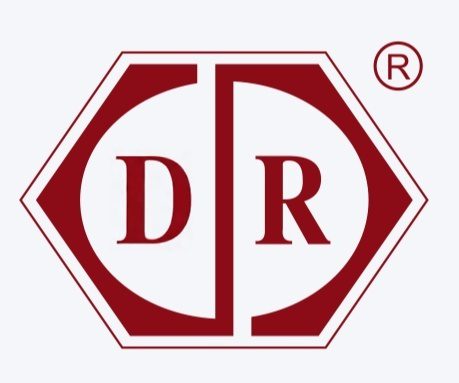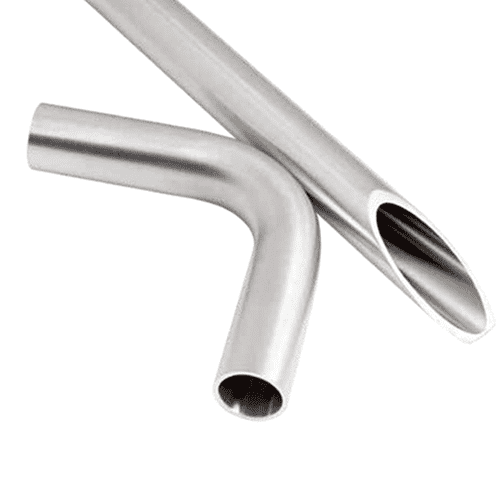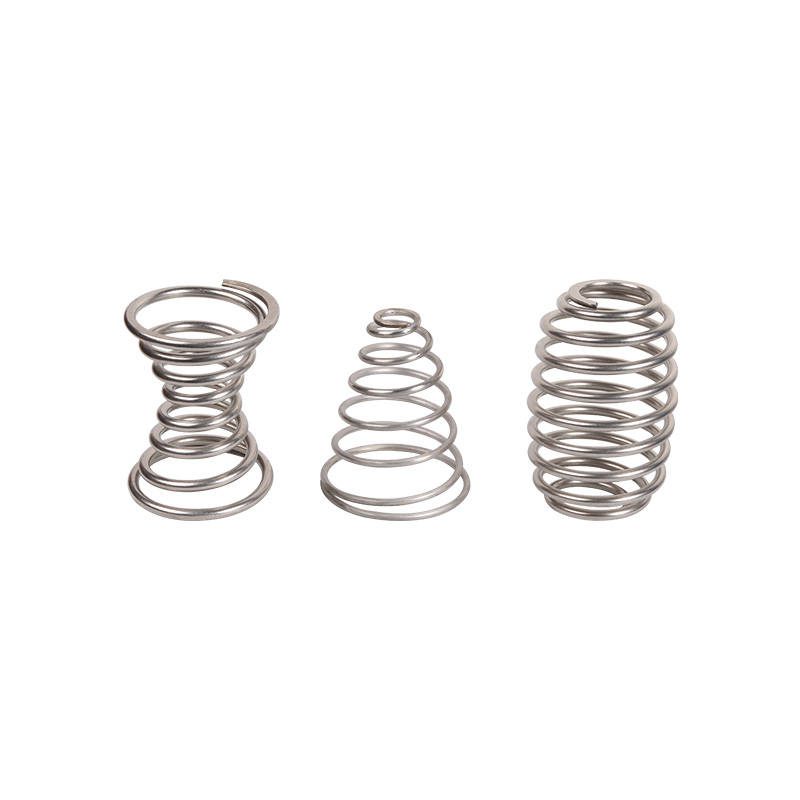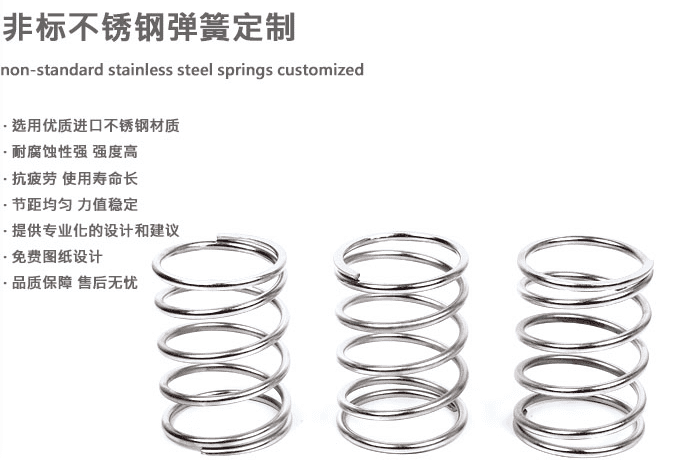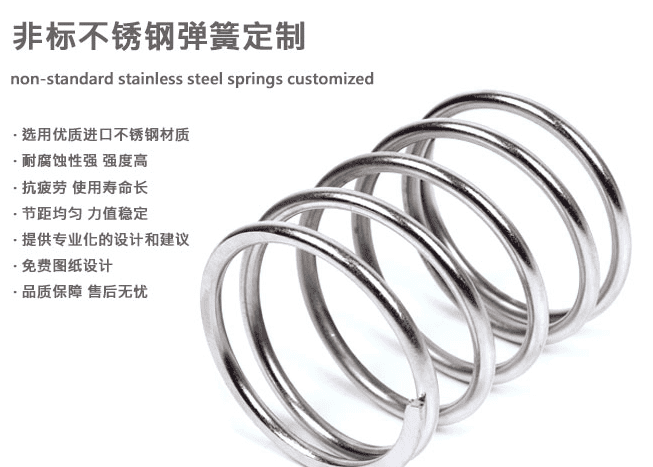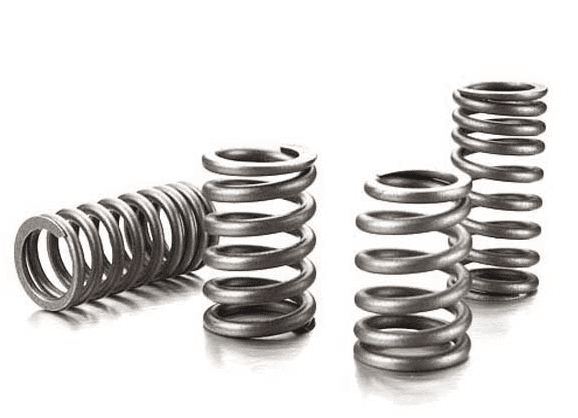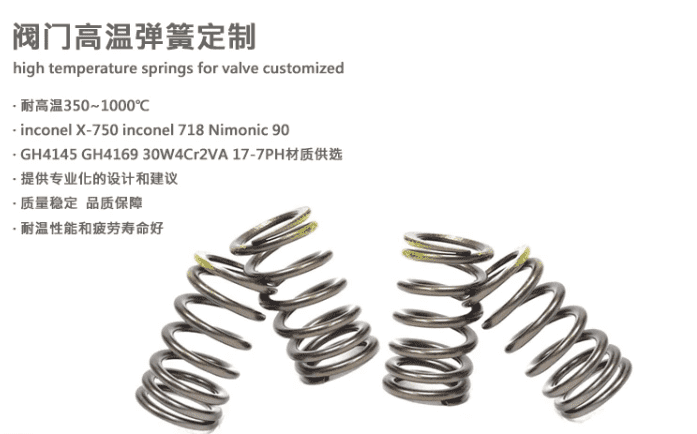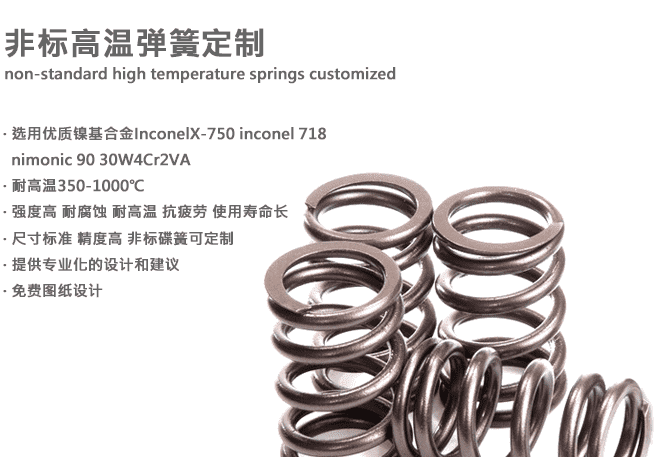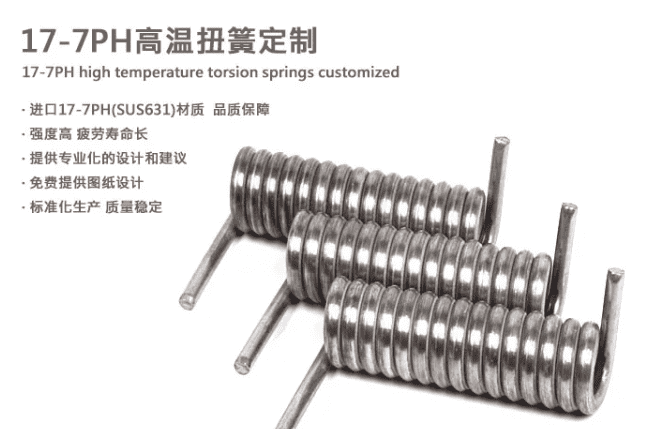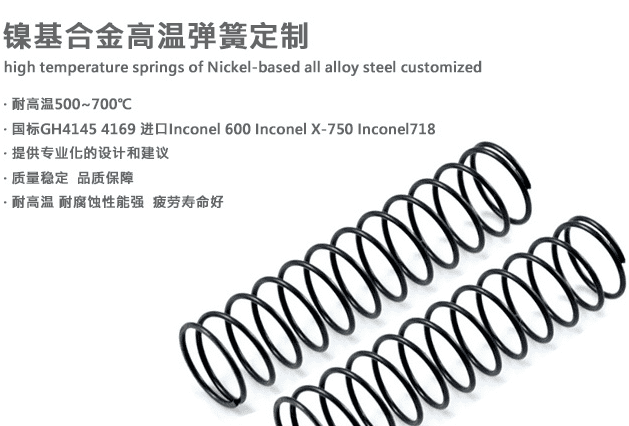Application areas:Hastelloy B2 exhibits excellent corrosion resistance when dealing with a variety of non-oxidizing acids (such as phosphoric acid, hydrochloric acid, etc.), and is therefore widely used in equipment and components that require acid corrosion resistance. Its typical applications include:
Chemical equipment: used to manufacture reaction vessels, container linings, pipelines, tower tanks, valves, pumps and other components that need to withstand strong acid corrosion, especially in highly corrosive media such as phosphoric acid and hydrochloric acid.
Petrochemical industry: In the field of petrochemicals, Hastelloy B2 can be used for components that need to be welded, because the alloy does not require additional solution treatment during welding, which simplifies the manufacturing process and reduces costs.
High-temperature industrial applications: Due to its high-temperature strength and corrosion resistance, Hastelloy B2 is also used in industrial furnace components and other high-temperature working environments, especially in situations where medium-concentration non-oxidizing acids need to be handled.
Reduction of carbon (C, ≤0.02%) and silicon (Si, ≤0.10%): significantly reduces carbide precipitation during welding, avoids knife edge corrosion and intergranular corrosion in the heat-affected zone of the weld, which makes Hastelloy B2 particularly suitable for occasions where no solution treatment is required after welding.
Strict control of iron (Fe, ≤2.0%) and chromium (Cr, ≤1.0%): further improves the corrosion resistance of the alloy, prevents the formation of β phase (Ni₄Mo), and ensures stable corrosion resistance in a reducing environment.
High content of molybdenum (Mo, 26-30%): Molybdenum is a key element to enhance corrosion resistance. High molybdenum content gives Hastelloy B2 excellent corrosion resistance in non-oxidizing acids, especially excellent resistance to chloride ion stress corrosion cracking (SCC) and corrosion of various organic acids.
Nickel (Ni, balance): As a matrix element, the high content of nickel ensures the structural stability and high temperature strength of the alloy, further enhances the corrosion resistance, and enables it to maintain a long service life in complex corrosive environments.
